Tech Notes

While working with samples that have been stored at ultra-low temperatures, it is important that the used equipment can withstand these conditions without failing. The Rack Reader DR710 is especially designed to be used in these extreme conditions. Micronic conducted several tests with the Rack Reader DR710 to evaluate the performances of its active anti-frost system and to determine a scanning procedure for reading codes of frozen sample tubes as effective and efficient as possible.
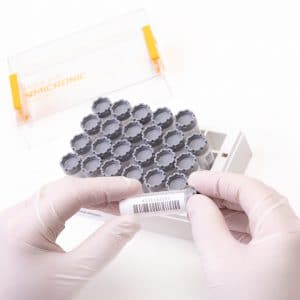
One of the tests that can be done to identify COVID-19 in a patient is the RT-qPCR test. With the global outbreak that is still at large, it is of utmost importance that tests can be performed as quickly and efficiently as possible. In this Technote, a COVID-19 RT-qPCR testing workflow has been visualized. It is explained what steps can be taken in RT-qPCR testing workflow and how Micronic products can be used to accelerate the process.
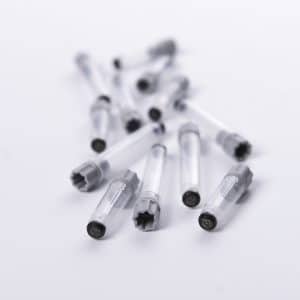
The ACT label is a label to help purchasers make a sustainable choice when it comes to buying lab products. To promote sustainability in the laboratory, Micronic participates in this project initiated by My Green Lab. It gives customers more insight into the manufacturing and distribution process of Micronic products.

The performance of labware during storage at cryogenic temperatures is of utmost importance for maintaining the quality of liquid and solid samples. Micronic routinely conducts research on the stability of its products in low, ultra-low and cryogenic temperatures. A frequent stability analysis ensures a safe and reliable recognition of Micronic products among its customers. In order to examine the stability of racked Micronic 1.40ml tubes with external thread in vapor phase LN2, a freeze-thaw test was performed.
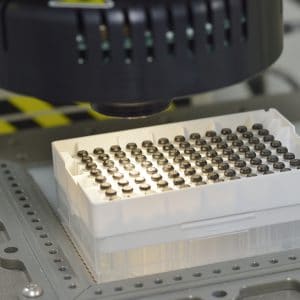
Traceability is one of the most important considerations for short and long-term sample storage. The Micronic 1D rack barcode and 2D Data-Matrix tube code quality is well-known among biobanking and other laboratory facilities as critical to reliably track and trace valuable samples. Micronic’s 100% quality control on all 2D codes in combination with the optimal parameter settings ensure that the Micronic 2D Data-Matrix codes have an A classification (highest) according to the AIM-DPM Quality Guideline.

Isolating and separating suspensions and liquids is a common practice in chemistry, biology, biotechnology, clinical medicine and other life sciences. During these procedures, laboratory centrifuges expose samples against high relative centrifugal forces. For this Tech Note centrifugal testing was performed to determine what relative centrifugal force (RCF) Micronic labware can withstand.
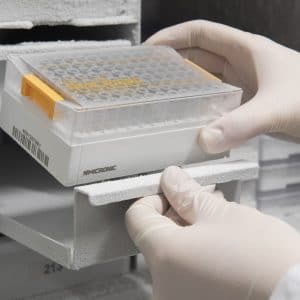
When using Micronic racks which are based on the ANSI-SLAS standards for storage racks instead of 2″ cryo boxes, you can increase the number of stored samples by a maximum of 116%. By optimizing freezer storage capacity, the operating costs per sample are significantly minimized. In addition, Micronic racks are provided standard with a laser-etched 1D barcode on the side, ensuring the traceability of your samples. Other advantages of the racks are autoclavability, automation compatibility and chemical resistance. So whatever Micronic rack (96-well) you use, you can count on huge efficiency improvements.

The Generation R Study is a prospective cohort study from fetal life until young adulthood in a multi-ethnic urban population. Several research groups from the Erasmus Medical Center conduct the Generation R Study in close collaboration with the Erasmus University Rotterdam and the Municipal Health Service Rotterdam (the Netherlands). This study is a great example of how Micronic products are used in laboratories around the world preserving the integrity of samples for 15+ years.
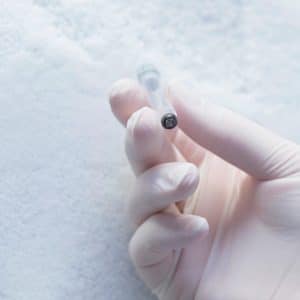
Extractables can compromise or destroy your research. There are several steps researchers can take to minimize the likelihood of their data being compromised by leachates. One of them is to make sure that there are no extractables present in the sample tubes they use. This Tech Note demonstrates a complete absence of organic contaminants in the samples extracted from the Micronic Polypropylene sample storage tubes.
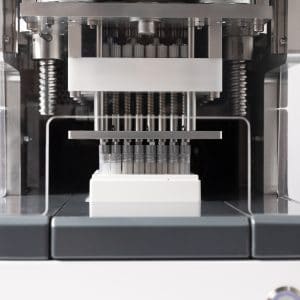
The Micronic Technology Center evaluated the durability of Micronic 1.40ml Screw Cap and Push Cap tubes together with Micronic Screw Caps and TPE Push Caps by opening and closing the tubes up to 100 times (manually and electrically). Likewise, the durability of Micronic 0.75ml Screw Cap tubes has been assessed by running 100 (de)capping cycles with the Micronic Screw Cap Recapper CS700.

Several bead beating tests are performed in cooperation with customers using different Micronic tube sizes (0.75ml, 1.40ml and 4.00ml). The tubes which are most frequently used for the bead beating process are tested in combination with different size beads in order to test the mechanical strength of the tubes.
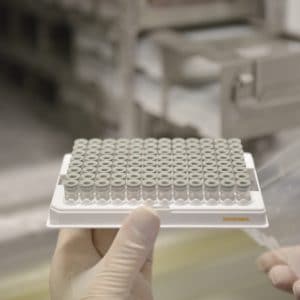
In research laboratories it is common that samples are thawed in order to take a small amount of material for research. After thawing, the remaining sample is frozen again. This freeze-thaw process can happen many times in a short or long time-period. For this reason, it is important to maintain the sample integrity avoiding weight loss, major tube cracks, and caps coming off the tubes. Micronic Push Cap and Screw Cap tubes with Push Caps are proven to be the best option for the freeze-thaw cycles of -80°C to +21°C.
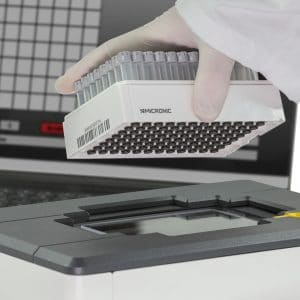
One of the biggest concerns regarding sample traceability is the loss of a tube code or its invalidation throughout the storage process. Micronic laser-etched 2D Data-Matrix codes can be read after extreme abrasion and submerging into several chemicals. The excellent results of the Micronic 2D Data-Matrix codes confirm the capability of mechanical and chemical resistance guaranteeing reliable sample identification after short or long-term storage.
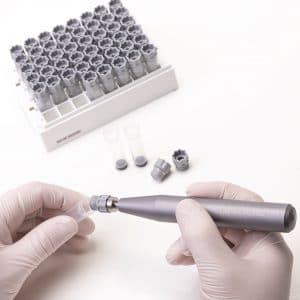
Sealing integrity is highly important to preserve samples against contamination, evaporation, and integrity loss in short and long term storage. Micronic regularly conducts research on its cap sealing properties compared to competitors. This way, Micronic is able to offer the highest quality products in the market. In order to compare the closure of Micronic Screw Caps and Push Caps related to other brands, several evaporation studies were conducted and a vacuumtest was conducted.
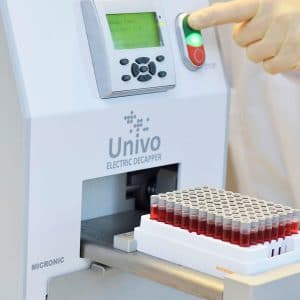
When the interaction between the sample and the tube surface is minimized, more protein can be recovered for downstream analysis. In proteomics or other protein field research such as antibodies, cell biology, and peptide drugs, maximum sample recovery is critical due to the small amount of the protein concentration. Tests were performed to compare the degree of protein binding between Micronic Polypropylene tubes and Polypropylene tubes of another brand. Micronic tubes are proven to be more efficient for use in proteomics or other fields of protein research.
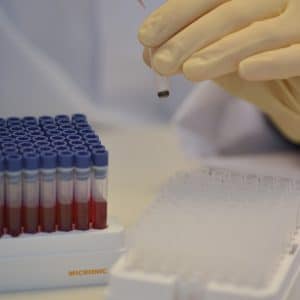
During the collection, processing and storage of samples, sample traceability is crucial. While most laboratories use 1D and 2D barcodes on sample tubes to ensure traceability of samples, cap color inspection will further promote the tube identification process. Cap color coding in laboratories is particularly useful when used to distinguish between different types of research purposes. Color provides a visual clue that works faster than text alone. By adding cap color coding next to barcodes, users can speed up sample storage and retrieval time, eliminate human errors, and reduce the risk of lost samples.